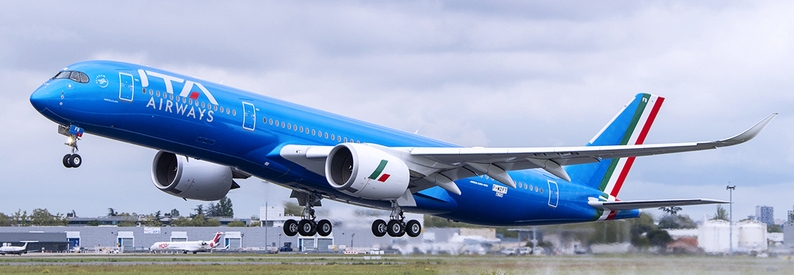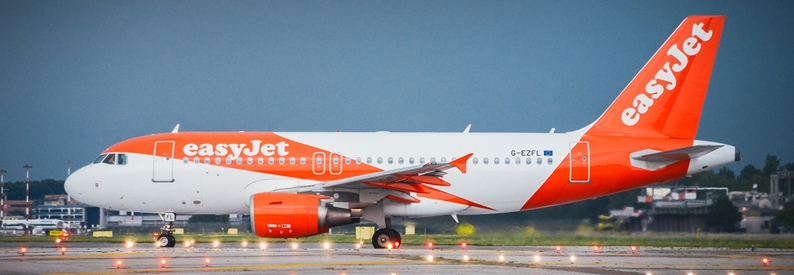In line with its stated policy to encourage aircraft financing and leasing, the Indian government plans to set up what it calls a flexible financing system for leasing aircraft using pooled private equity. The country's 2024-2025 budget also includes incentives to boost domestic maintenance, repair, and overhaul (MRO) operations.
Finance Minister Nirmala Sitharaman, who delivered her budget speech to the Indian parliament on July 23, said: "We will seek the required legislative approval for providing an efficient and flexible mode for financing leasing of aircraft and ships and pooled funds of private equity through a variable company structure."
In addition, she announced that the duration for importing aircraft into India for MRO work had been extended from six months to one year, further extendable by 12 months.
According to the finance ministry's economic survey for 2023-2024 tabled on July 22, the government will promote aircraft leasing through the International Financial Services Centre (IFSC) at the Gujarat International Finance Tech-City, commonly known as GIFT City.
"More than 28 aircraft lessors have already registered, which have together leased more than 20 aircraft and 49 aircraft engines," the survey reveals. "Recently, Air India has commenced leasing its widebody aircraft from the IFSC zone, and other airlines are also in the process of establishing a leasing company in IFSC."
The IFSC is India's primary hub for international financial services. Established under the International Financial Services Centres Authority Act of 2019, it is designed to improve the country's position in the global finance landscape by facilitating international transactions and services, catering primarily to non-residents.
In tandem, realising the potential of the MRO industry in India, the government has introduced several policies and regulations to try to bring India's MRO sector on par with global peers. According to the economic survey, MRO businesses in India have enhanced their capacities in traditional segments, such as airframes, and the industry is branching out to other segments, such as engines, in collaboration with global OEMs. After the announcement of the National Civil Aviation Policy (NCAP) in 2016, the number of MROs increased from 114 to 147, and more airports are building maintenance facilities, addressing infrastructure constraints.








